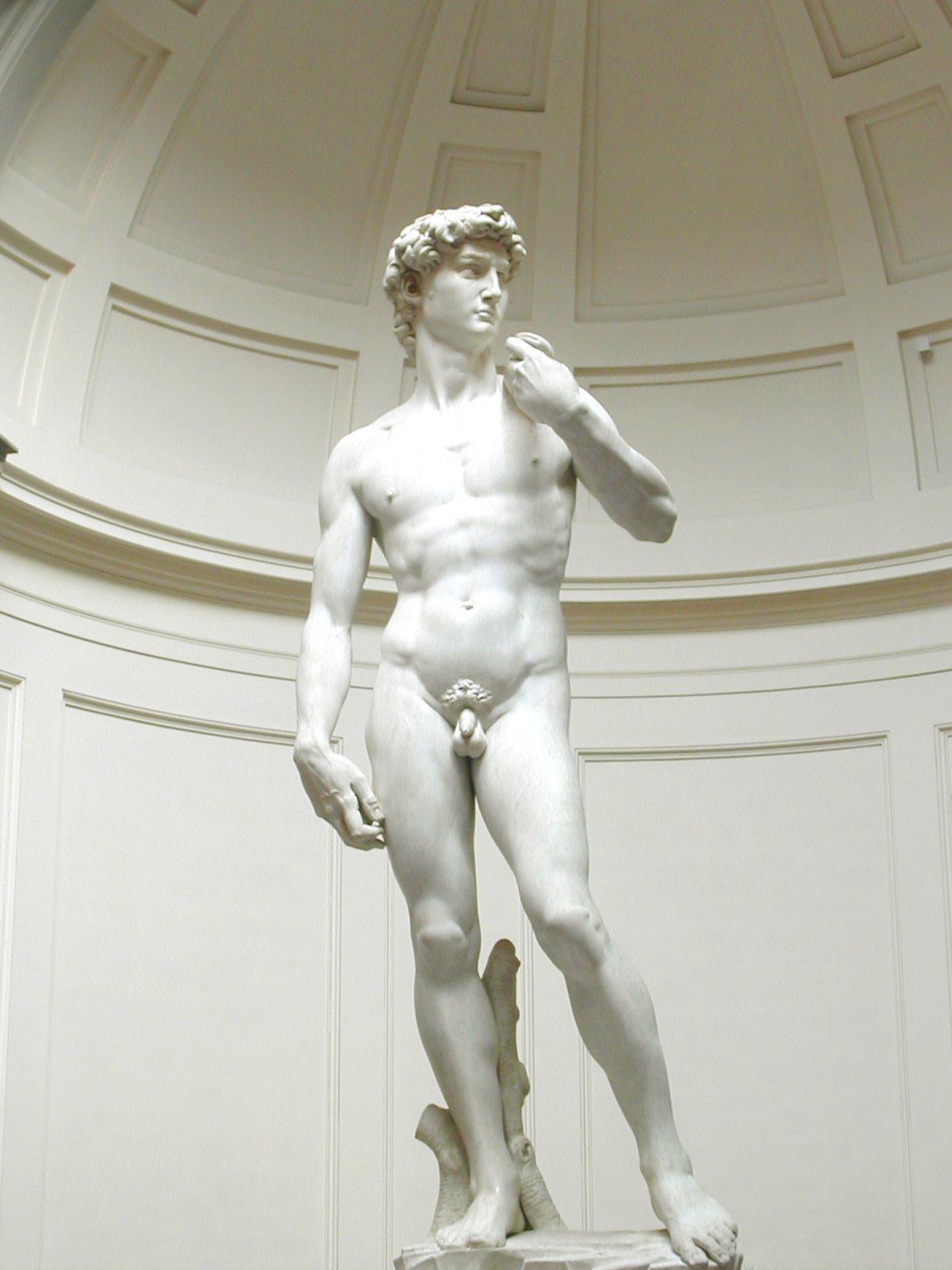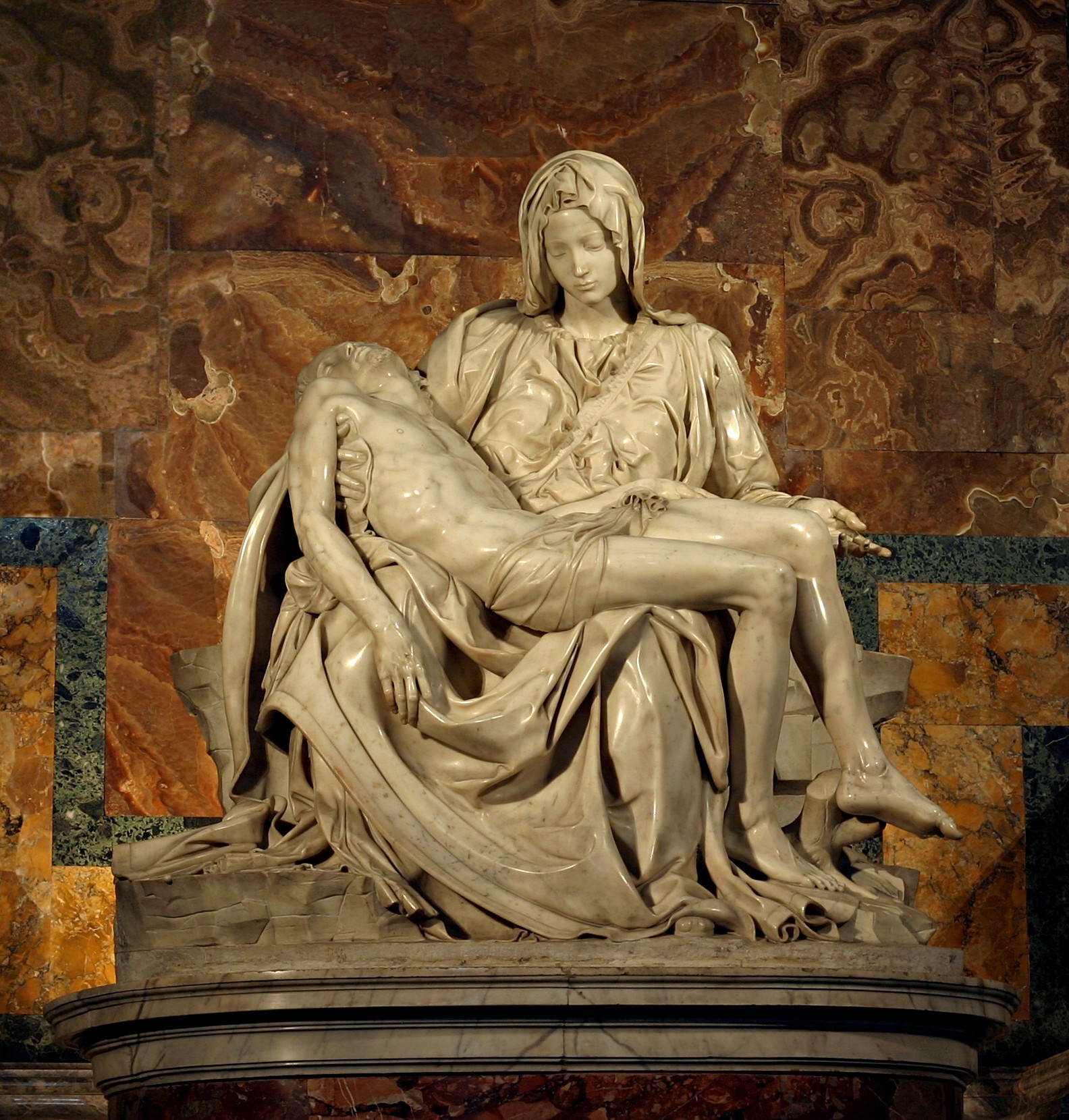Palazzo Vecchio – For over seven centuries, Palazzo Vecchi “has been the symbol of the civil power of the city of Florence.” Today, it functions as Florence’s town hall. However, in the time of Dante Alighieri it was known as Palazzo dei Priori, named after the Priory of Arts. The Priory of Arts was a governing body comprised of members of Florence’s various Guilds. Dante was a member of the Priory in 1300.
The Medici Family – The Medicis were an extremely influential family in Florence. The family amassed huge amounts of wealth throughout the 14th, 15th, and 16th centuries through banking. They even created the modern dual-entry system of credits and debits used by banks today — this system essentially just increased the reliability of banks. At one point the Medicis were the official bank of the Vatican. With this wealth, they commissioned over the years innumerable works of art and buildings still found in Florence today. Their patronage includes artists and scholars such as Da Vinci, Galileo, Botticelli, and Michelangelo.
Lorenzo de’ Medici – During the Italian Renaissance, Lorenzo De’ Medici (or Lorenzo the Magnificent) ruled the Florentine Republic. He played a key role in the progression of the renaissance in Florence, for he donated huge sums of money to artists to create master works of art. Lorenzo and his family were one of Michelangelo’s largest sponsors.
Michelangelo – “an Italian sculptor, painter, architect, poet, and engineer of the High Renaissance who exerted an unparalleled influence on the development of Western art.” Michelangelo is almost universally known for his painting of the ceiling of the Sistine Chapel, as well as his carving of the David and Pietà shown below. Michelangelo also had a deep fascination with Dante’s work. In his work the Last Judgement Michelangelo includes a quotation from Dante’s Divine Comedy, as well as the figures of Charon and Minos (Source). Michelangelo also wrote a poem about Dante (Source):
![]() HAT should be said of him cannot be said;
HAT should be said of him cannot be said;
By too great splendor is his name attended;
To blame is easier than those who him offended,
Than reach the faintest glory round him shed.
This man descended to the doomed and dead
For our instruction; then to God ascended;
Heaven opened wide to him its portals splendid,
Who from his country’s, closed against him, fled.
Ungrateful land! To its own prejudice
Nurse of his fortunes; and this showeth well
That the most perfect most of grief shall see.
Among a thousand proofs let one suffice,
That as his exile hath no parallel,
Ne’er walked the earth a greater man than he.
Boboli Gardens – a 45,000 square meter (11 acre) garden in Florence located behind the Pitti Palace, the seat of the Medici family from the 16th century. The gardens house numerous 16th-18th century sculptures. They have reached their current size and intricacy after several renovations over the past five centuries. However, the gardens were mostly commissioned by the Medici family. Giorgio Vasari was one of the early architects who designed some of the gardens.
by Gordon Nickerson



